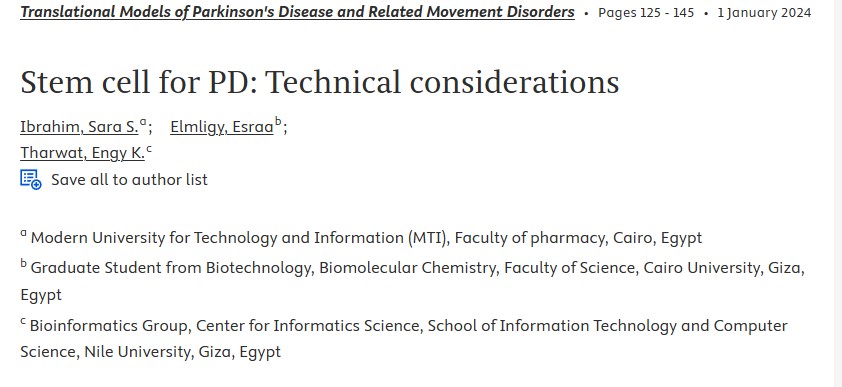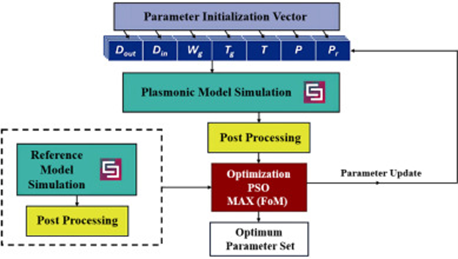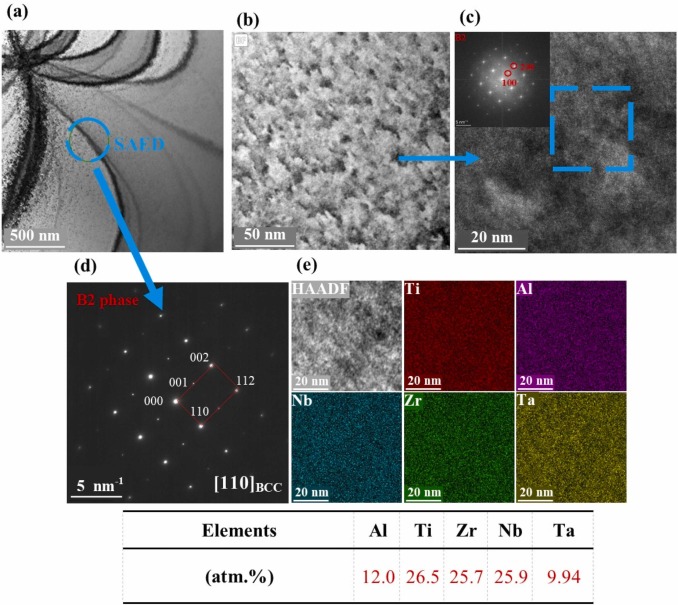

Stem cell for PD: Technical considerations
The emergence of very sophisticated stem therapy or regenerative medicine can be attributed to the identification and extraction of pluripotent ESCs. This breakthrough resolved the ethical dilemma linked to embryonic stem cells and facilitated the initiation of clinical trials and subsequent rapid progress in the subsequent years. This chapter explores the prospect of stem cell therapy as a treatment for Parkinson's disease (PD), a degenerative neurological condition. The text commences by providing an overview of stem cells, clarifying their distinct regenerative characteristics and their importance in the field of medical research and treatment. The chapter then presents a historical synopsis, delineating the progression of stem cell research and its growing significance in neurodegenerative disorders, specifically Parkinson's disease. The chapter provides a comprehensive examination of the potential therapeutic applications and obstacles associated with employing stem cells in the treatment of Parkinson's disease. This study investigates the potential use of stem cells to replace or repair the damaged neurons that are typically found in Parkinson's disease. This could potentially help to relieve symptoms and slow down the progression of the condition. In addition, the chapter explores different methods pertaining to stem cell therapy in Parkinson's disease. Finally, the chapter emphasizes the significance of meta-analysis in the field of stem cell therapy. © 2025 Elsevier Inc. All rights reserved.



